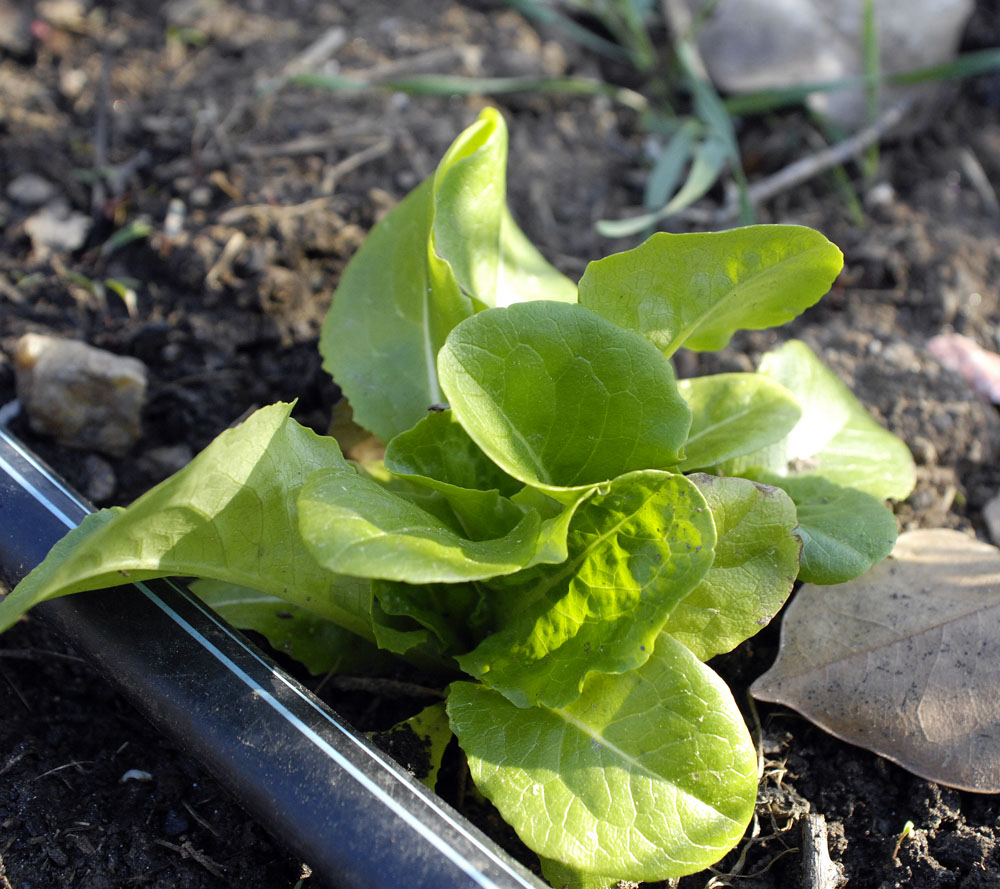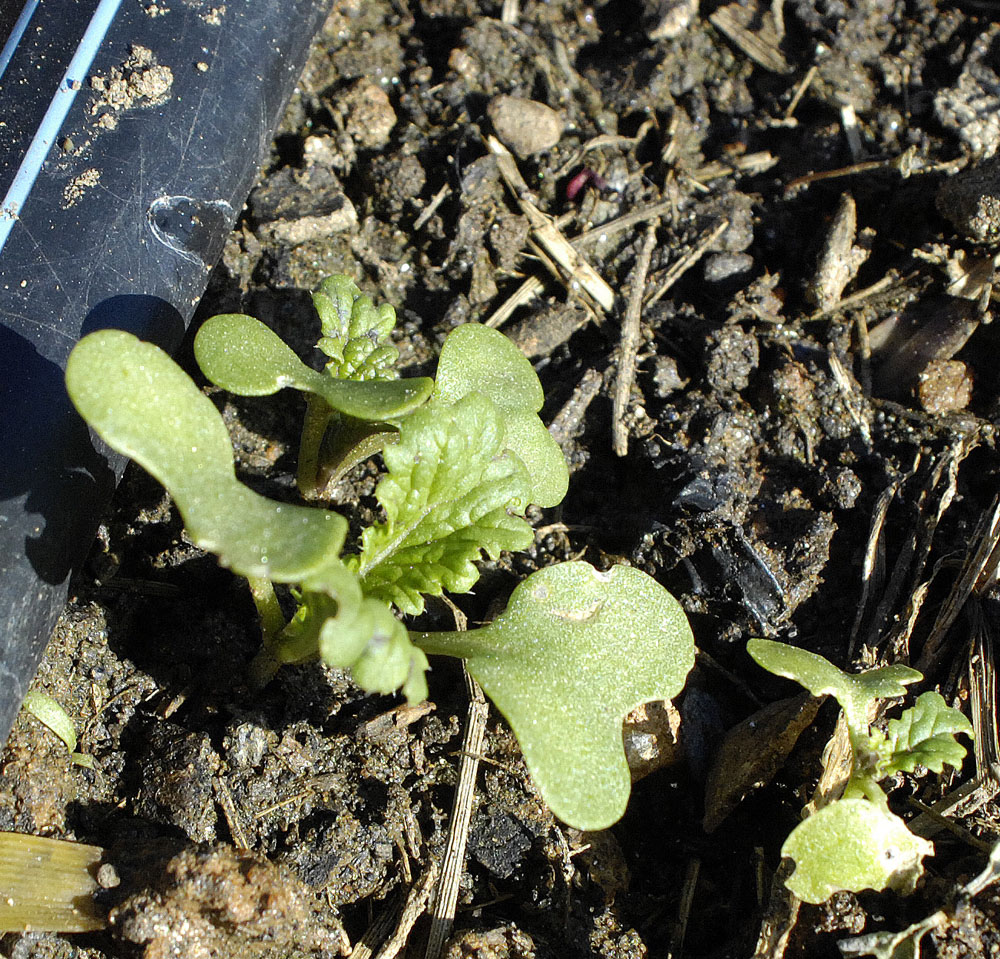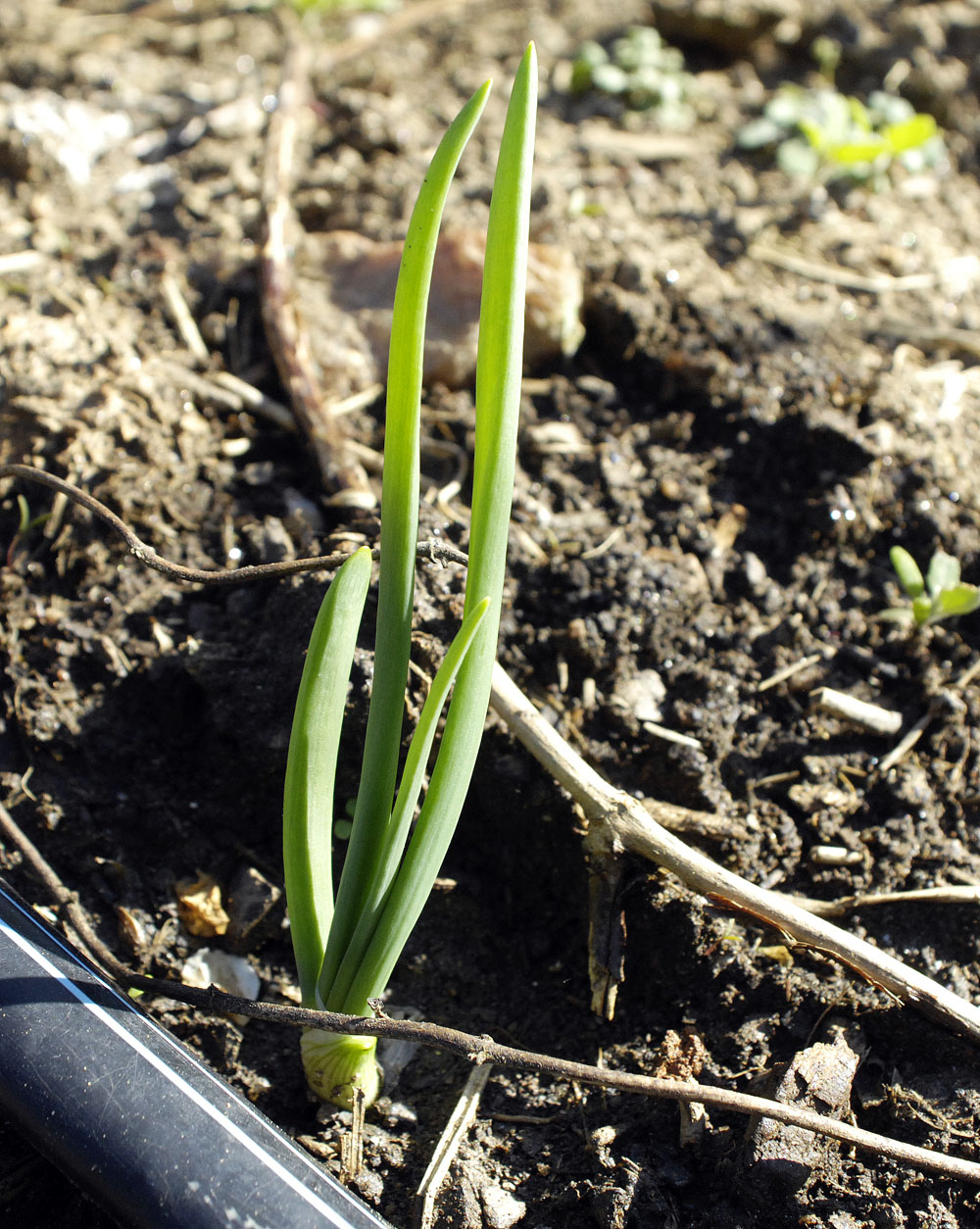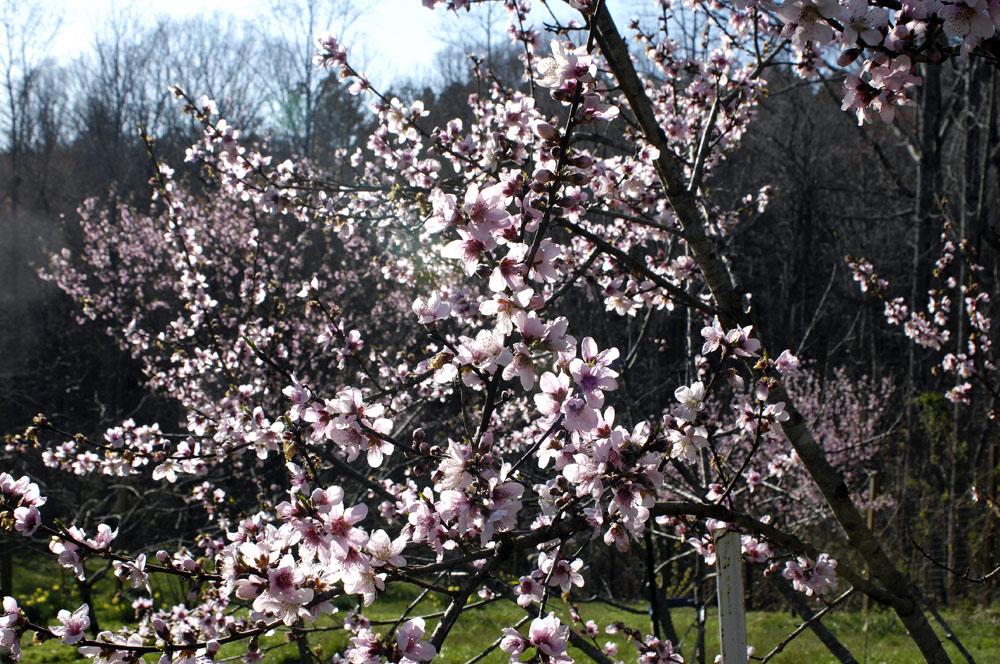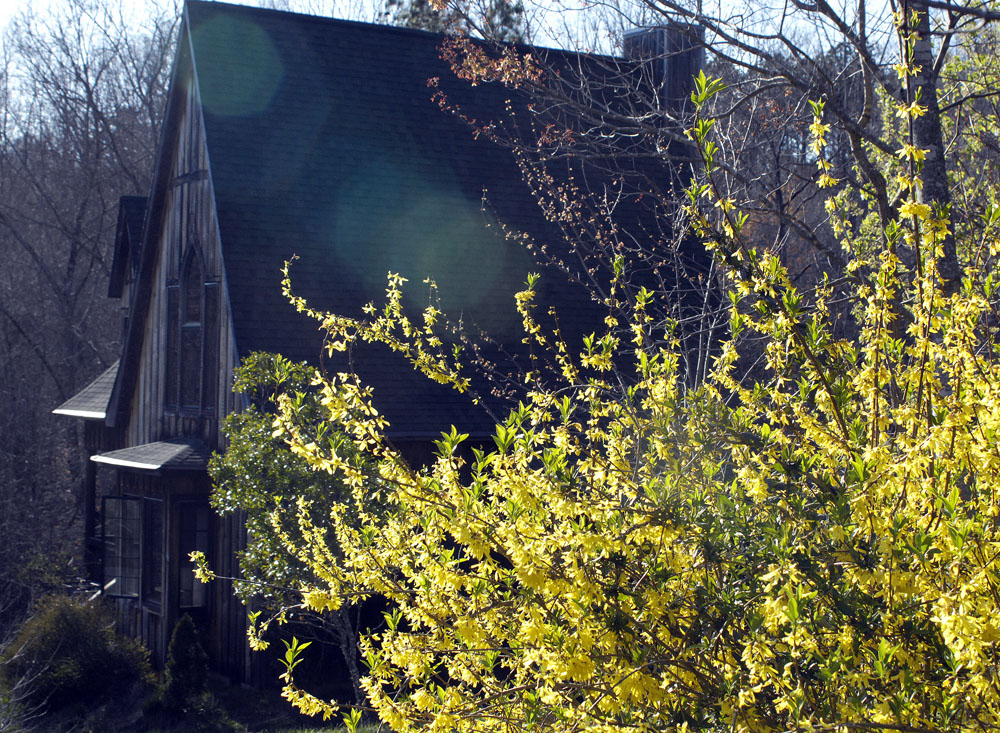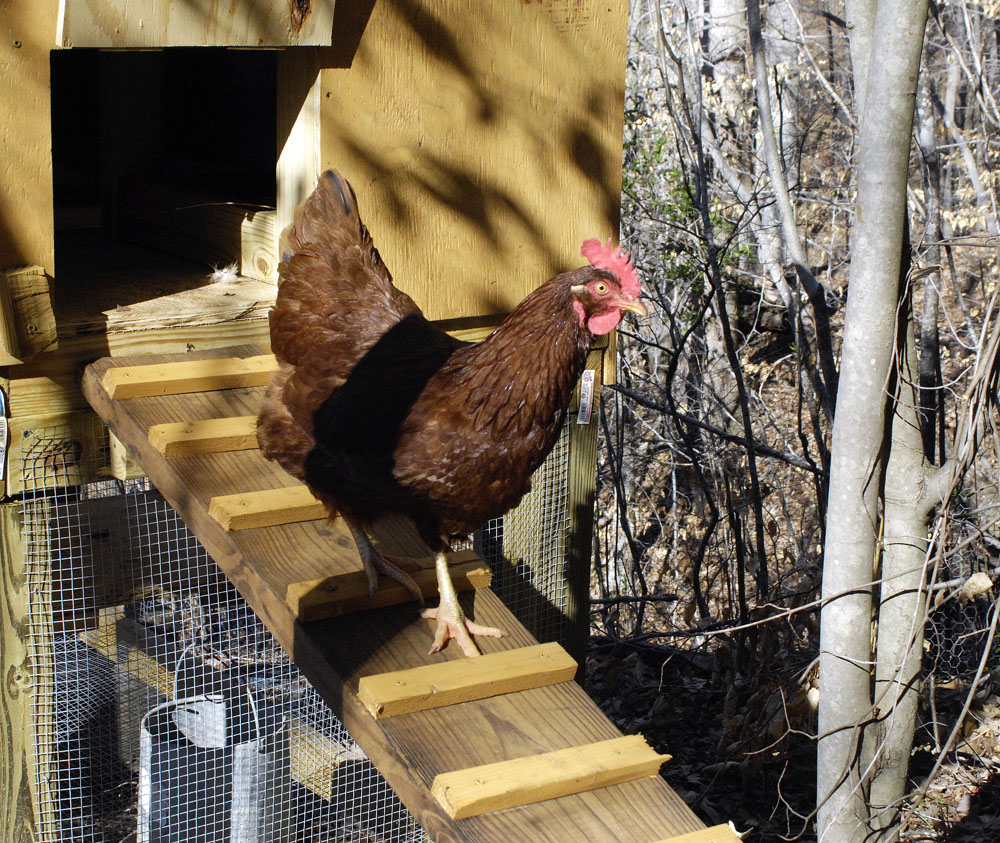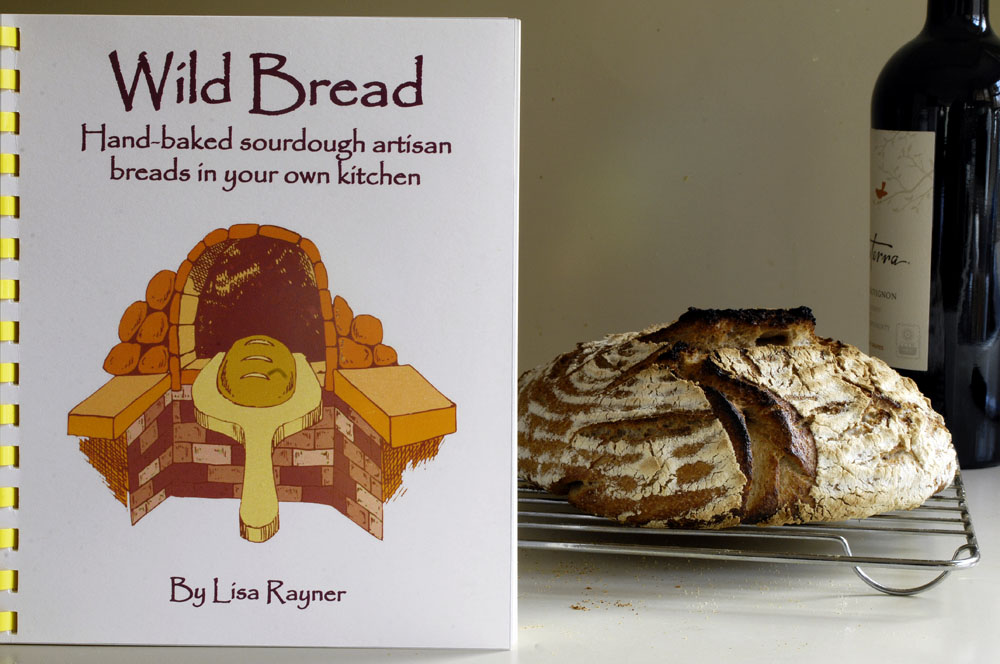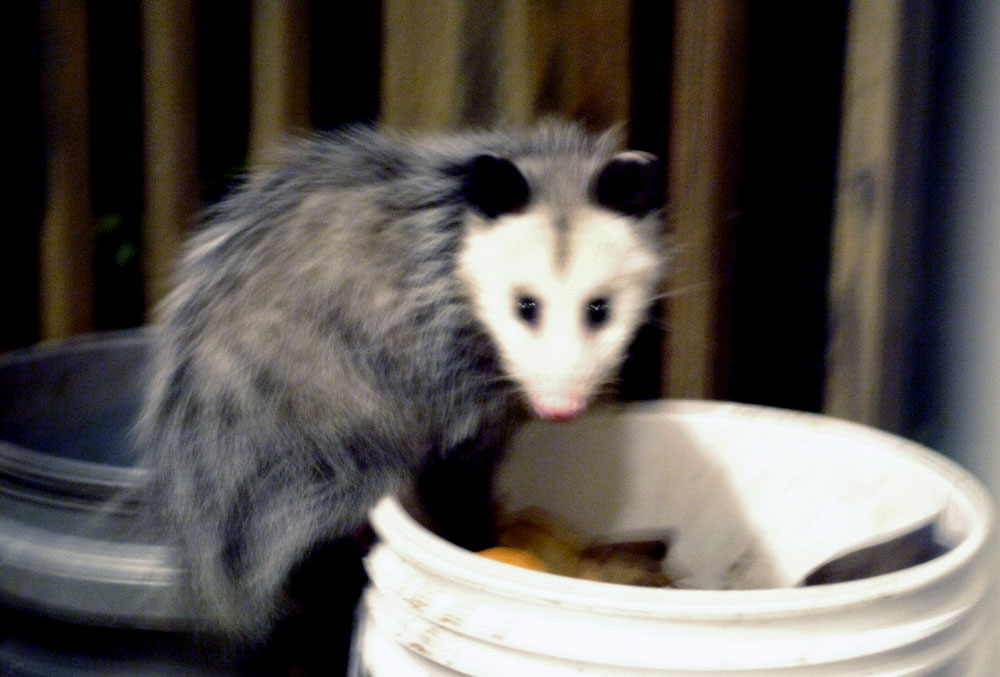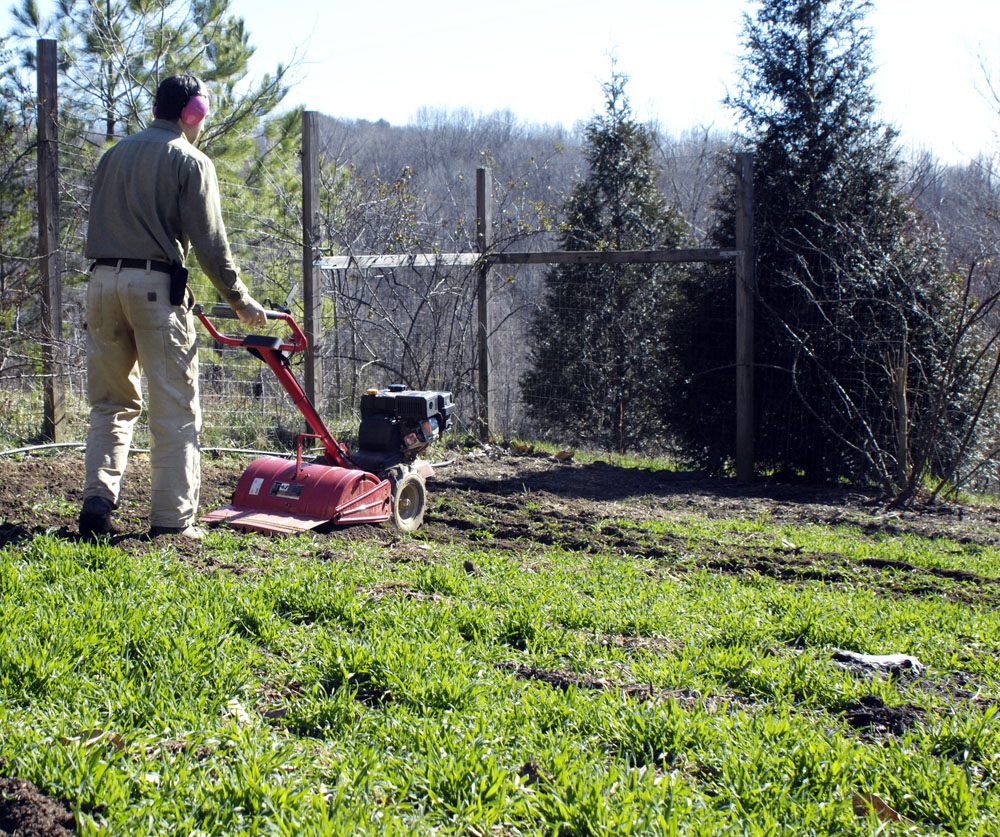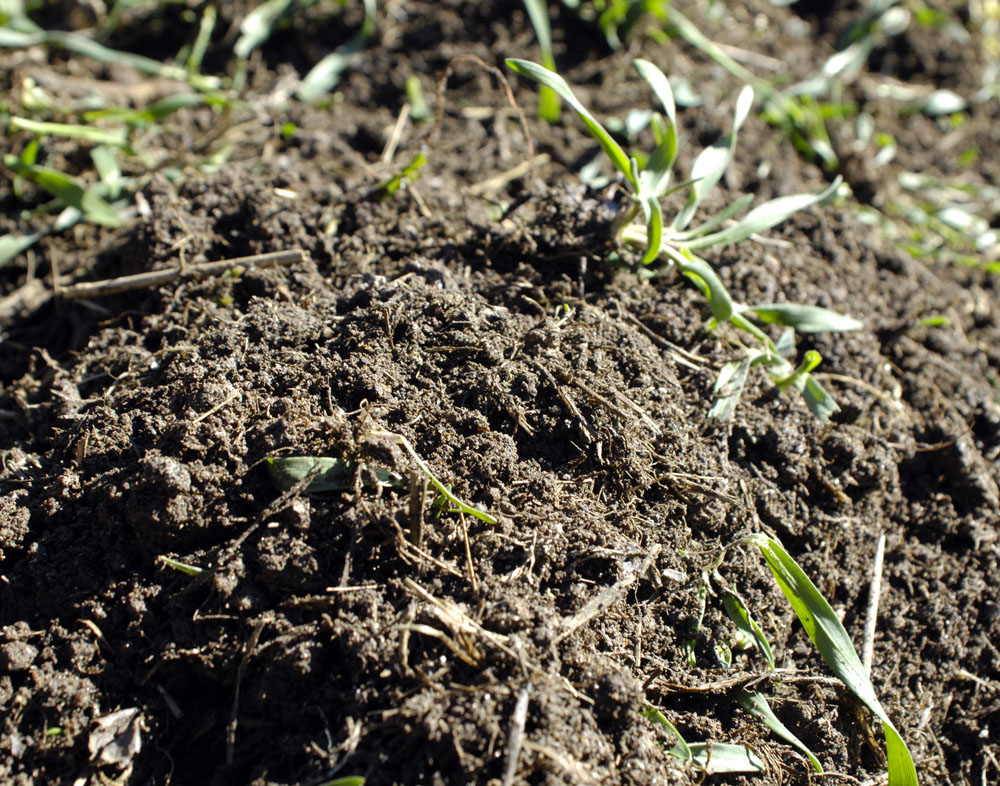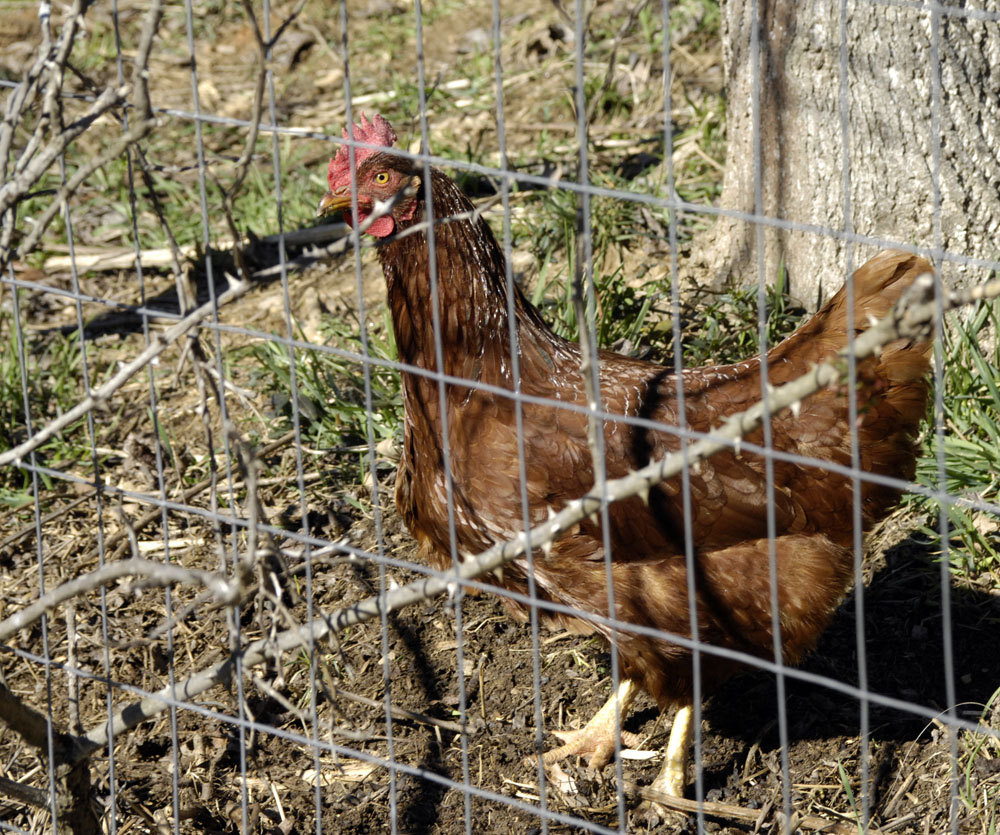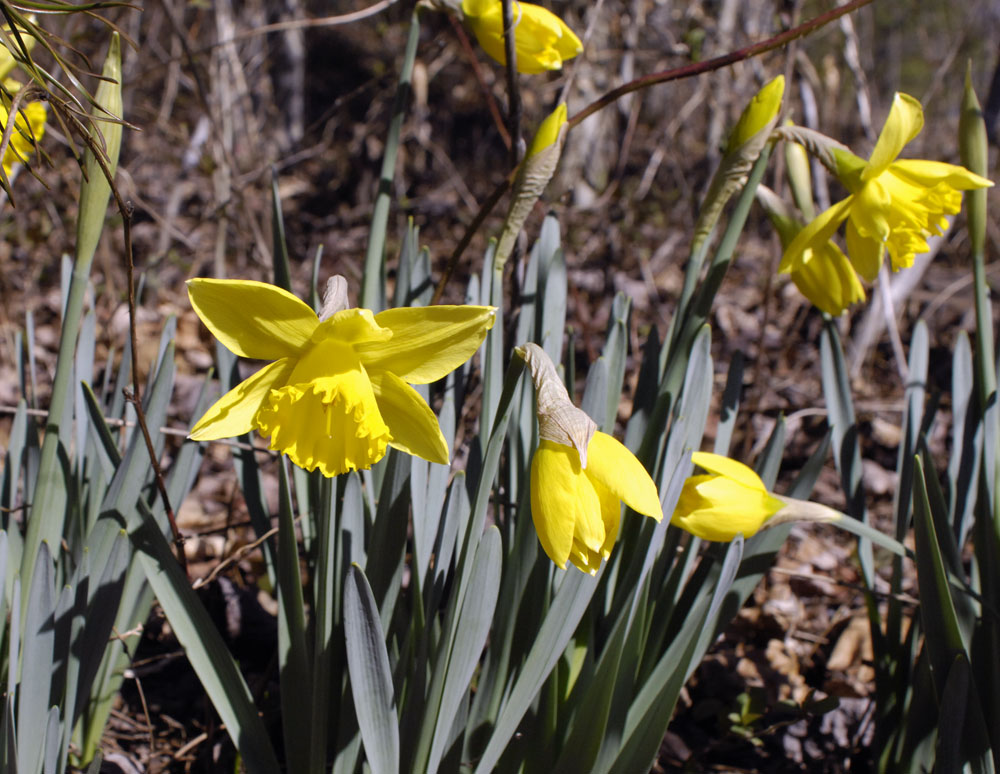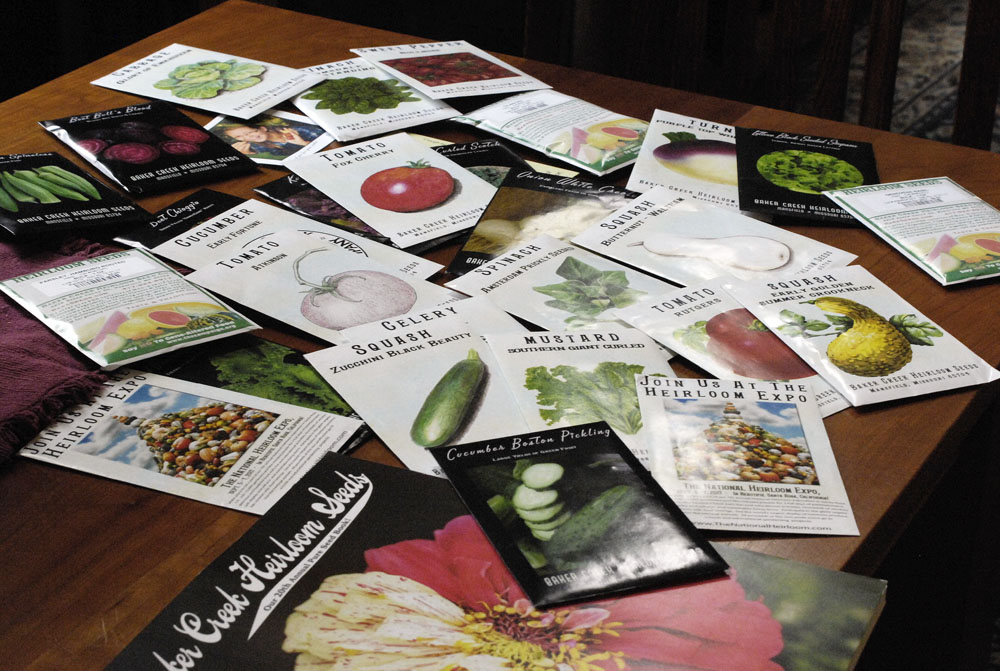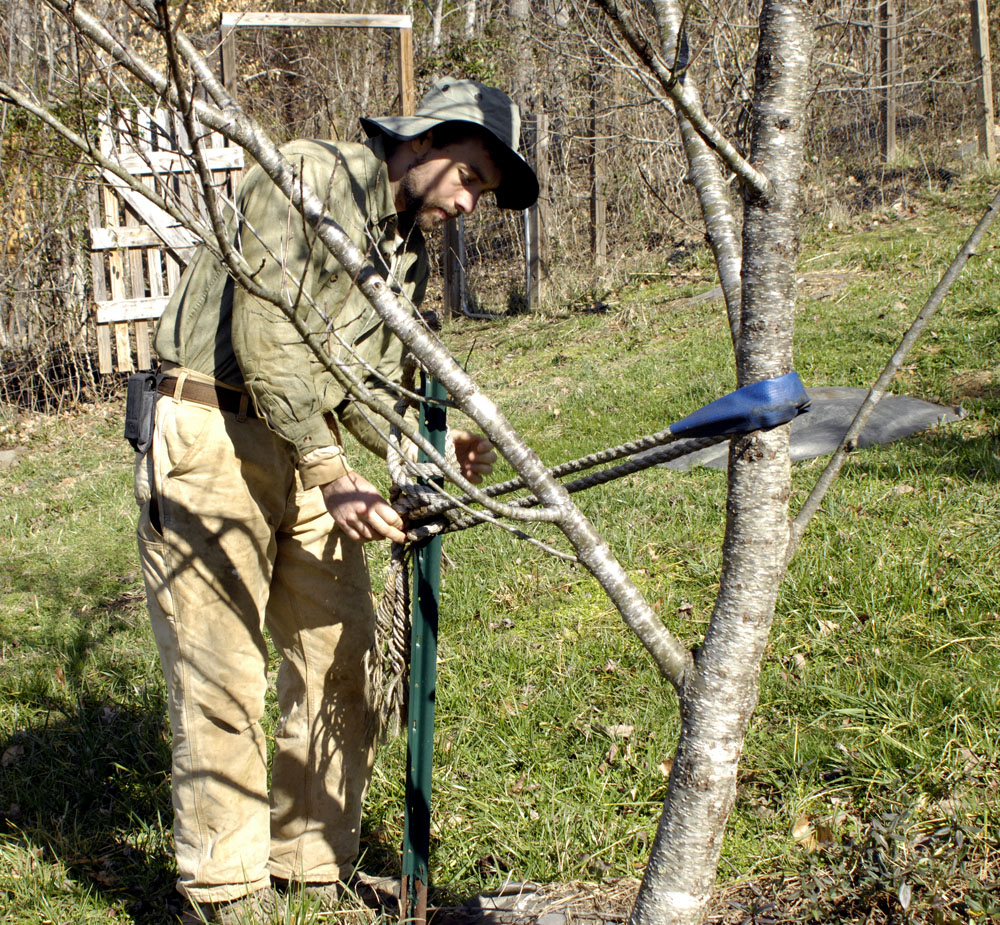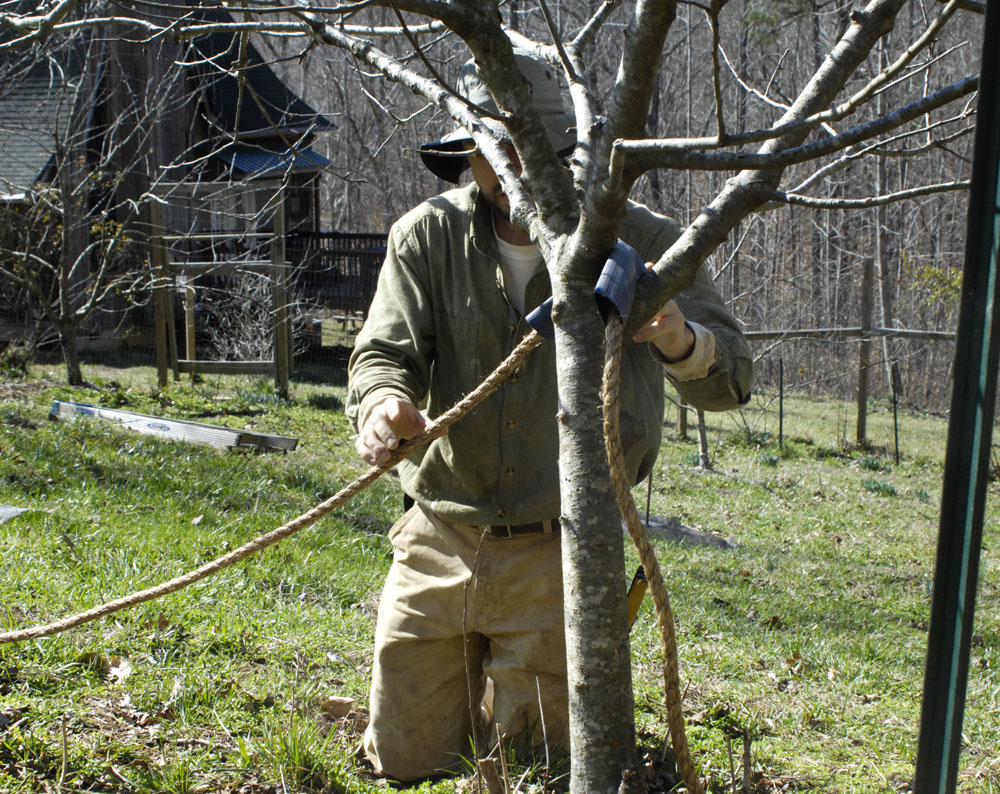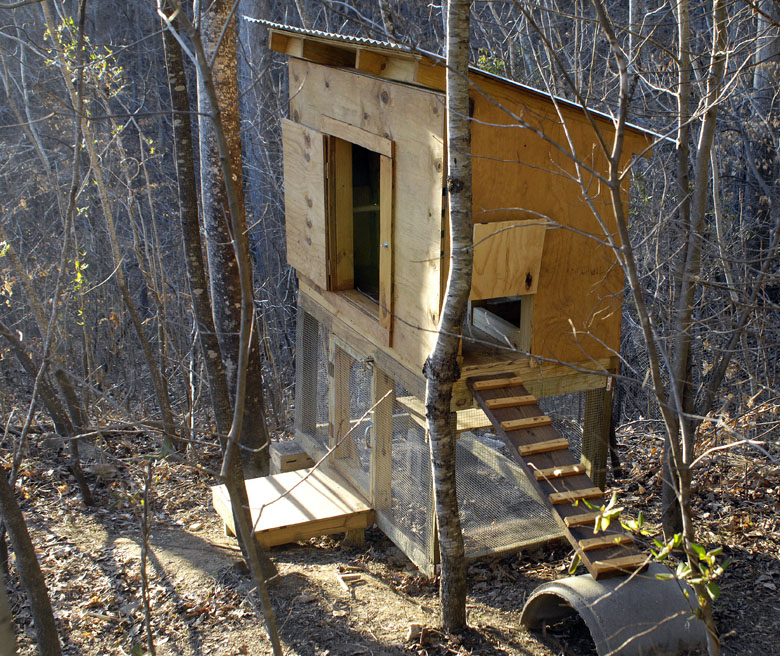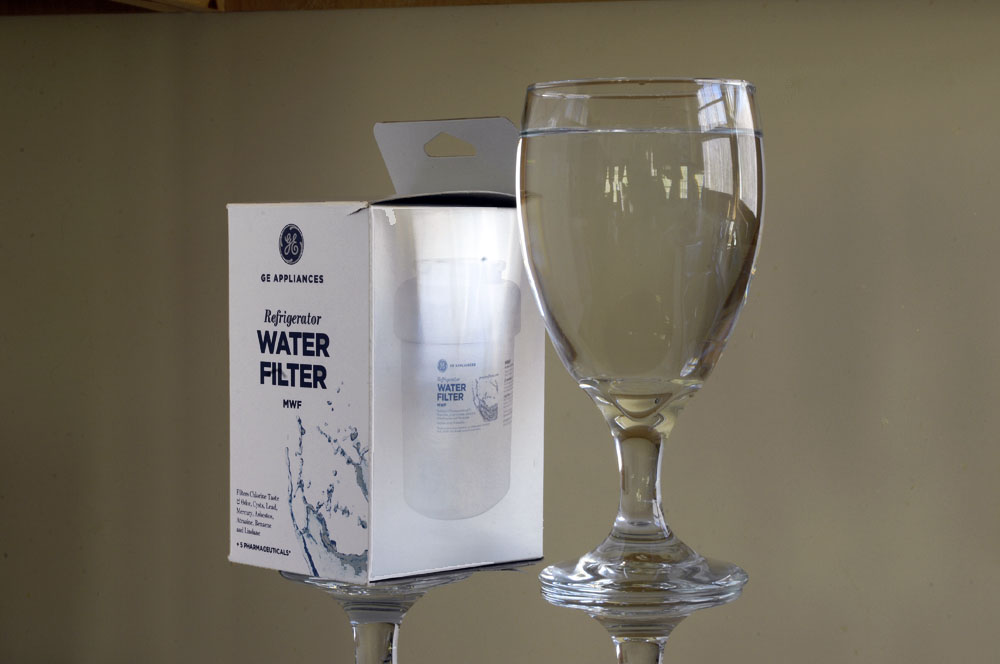
It’s terrifying how much money Americans spend on bottled water — more than $13 billion a year. Even if bought by the gallon, bottled water costs well over $1 per gallon. When water is bought retail in smaller bottles, it costs $8 per gallon and up.
And the plastic! Each year, 50 million barrels of oil are required to produce the bottles.* Only about 20 percent of those bottles are ever recycled, so each day about 60 million bottles are thrown away, ending up in landfills or even by the roadside. It’s estimated that it takes about 450 years for a plastic bottle to bio-degrade. Not only that, the water gets shipped around in trucks and is eventually refrigerated.
The problem is getting worse, because sales of bottled water continue to grow at about 5 percent per year.
Part of the foolishness of bottled water is that most of it is just filtered municipal water. About 45 percent of bottled water comes from natural springs. But let’s not forget that a well is a spring — same water, and from a greater depth.
It always amazes me, in grocery stores, to see how much sweet liquids and bottled water people have in their carts. Not only is that a lot of plastic to dispose of, who wants to lug all that weight home?
Bottled water has never made sense to me. With the exception of those who live in environmental sacrifice areas, near fracking sites and coal ash impoundments, for example, good water is cheap and easily available to all of us. Everyone, however, should have a good water filter. That’s because filtered water tastes so much better. And if you live in a city, who wants the chlorine?
Before I moved into the abbey, where the refrigerator does the water filtering, I used a gravity filter like those made by Brita. The quality of the filter makes a big difference. Replacement filters for the GE refrigerator cost about $40 each and last about six months. That’s an expensive filter. I tried a less expensive off-brand filter, but the off-brand filter did not provide that springwater taste that everyone loves.
By the way, the abbey’s water comes from a private well, 305 feet deep. The first 60 or so feet passes through soil. Beyond that, it’s granite all the way down. Though maintenance of a water pumping system is an ongoing cost, it’s worth it. Wells are magical. Not as magical as my grandmother’s well with its windlass, rope and bucket, but magical just the same. Being able to have your own well — and with it, water independence — is one of the rewards of rural life.
Why do we do this? What are the factors that convince us that it makes sense to pay thousands of times the cost of water? It’s hard for me to believe that convenience is the factor, because bottled water isn’t nearly as convenient as just holding a glass up to the refrigerator. There also is something ominous about this, as water systems shift from public ownership to corporatization. Eventually water — water! — will become a much greater source of profit to corporations than it already is. Many people seem to have forgotten already that water comes out of the tap. That’s scary, not just because of the environmental and economic costs, but also because it’s yet another way that corporations reprogram us to be thoughtless, throwaway, dependent consumers.
*Source: CreditDonkey
